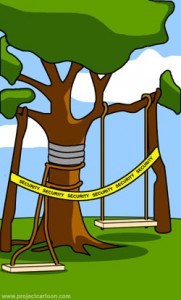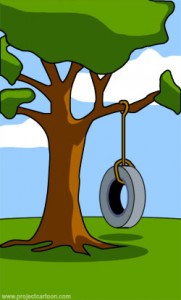|
What Client Described |
What Project Manager Understood |
What Systems Analyst Designed |
|
What Programmers Wrote |
What Was Initially Delivered |
What Testers Verified |
|
What Was Finally Delivered |
What Was Documented |
What Client Wanted |
In our last post we:
• noted that vendor/client relationships in the toll industry have become more confrontational
• identified a number of direct and indirect costs associated with confrontation, and
• concluded that, as we move into a period of increasing economic austerity, we have a fiduciary responsibility to our customers to keep costs to a minimum.
So how did we get here?
Over the last several years the toll industry has been growing rapidly at the same time it is has been converting its operations to take advantage of new, automated technology. The combination of growth and change has resulted in a shortage of experienced professionals. The results of this manifest in several ways.
The nature of the contracting process requires that clients clearly define what they want and the rules for obtaining it. However, lack of knowledge and experience can result in contract requirements not being clearly defined or, in some cases, over-defined. Inappropriate requirements sometimes are also included in contracts, such as:
• Unrealistic schedules (in all phases).
• Price is weighted too heavily in the vendor selection process.
• Significant penalties are imposed for lack of performance (sometimes against metrics that are not critical).
• Commensurate rewards for exemplary performance on key performance measures are not offered.
• Intellectual property rights are ignored.
Policy or statute mandates that make the project far more complex than is necessary can also increase costs if not managed properly.
Vendors also contribute to the problem, including:
• not challenging the client when unrealistic expectations and requirements are imposed;
• low-balling the price with the intent of playing the ‘change-order game’;
• overpromising what can be delivered (from a functional, performance and schedule perspective);
• failing to deliver even core, minimum functionality necessary to sustain a toll operation with financial integrity; and,
• getting attorneys and politicians involved in decisions at the project level where operations and technical requirements should prevail.
Then there are the legal advisors and consultants, who sometimes do not have the training or experience to provide the advice their client’s need, which can result in confusion, misunderstandings and additional conflict. Some advisors even recommend establishing an environment where conflict prevails, then bill for time to manage the chaos their advice creates.
The result is that many clients pay more than anticipated and do not get what they want. In some cases, clients do not even get what they need to sustain a viable toll operation. Challenges such as dissatisfied customers, unnecessary operating costs and revenue short-falls plague many projects. Worst case scenario: there is an expensive legal battle to resolve open issues, resulting in additional costs to all but the attorneys and advisors.
___________________
Original artwork courtesy of projectcartoon.com http://www.projectcartoon.com/cartoon/354627
© 2013 The eTrans Group, Inc.








